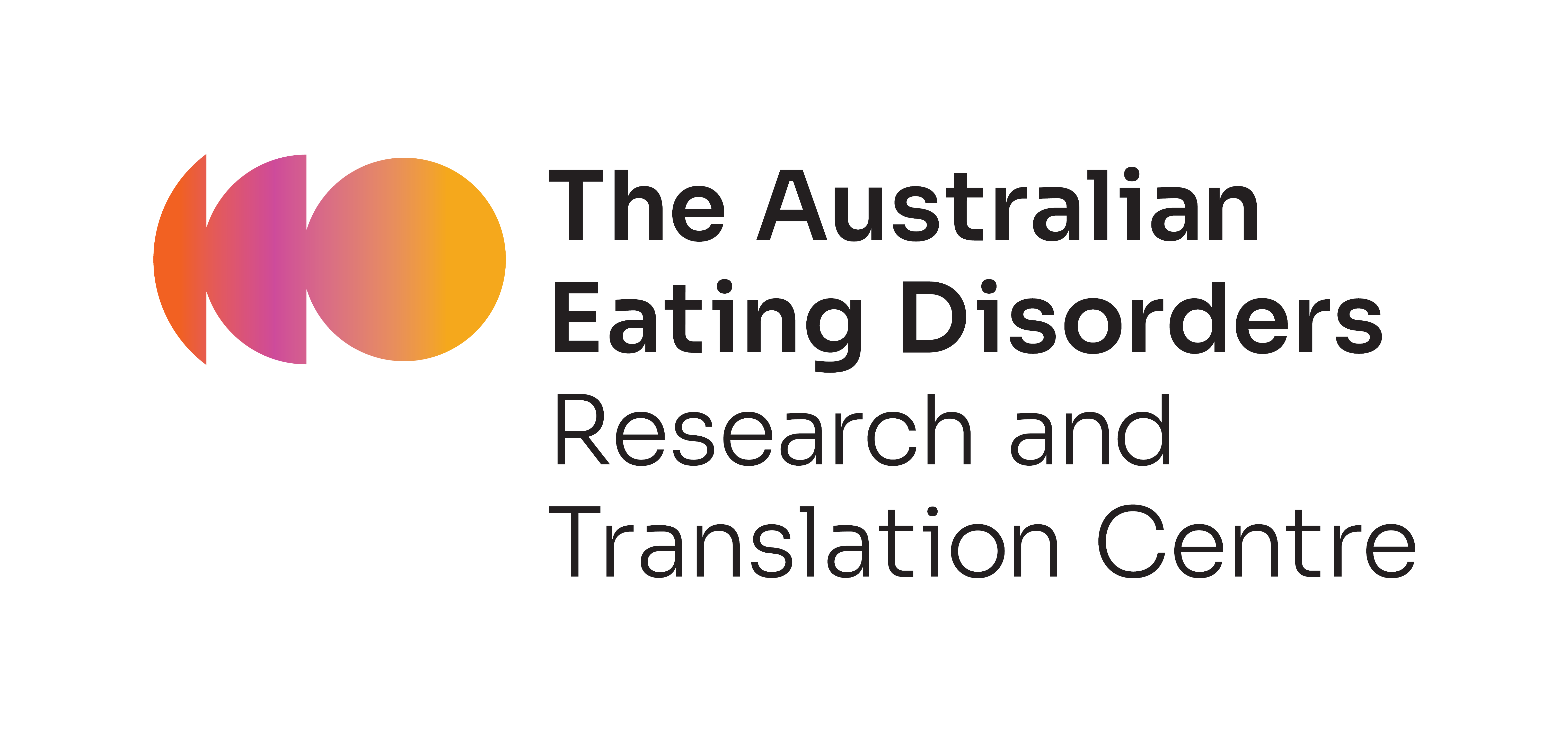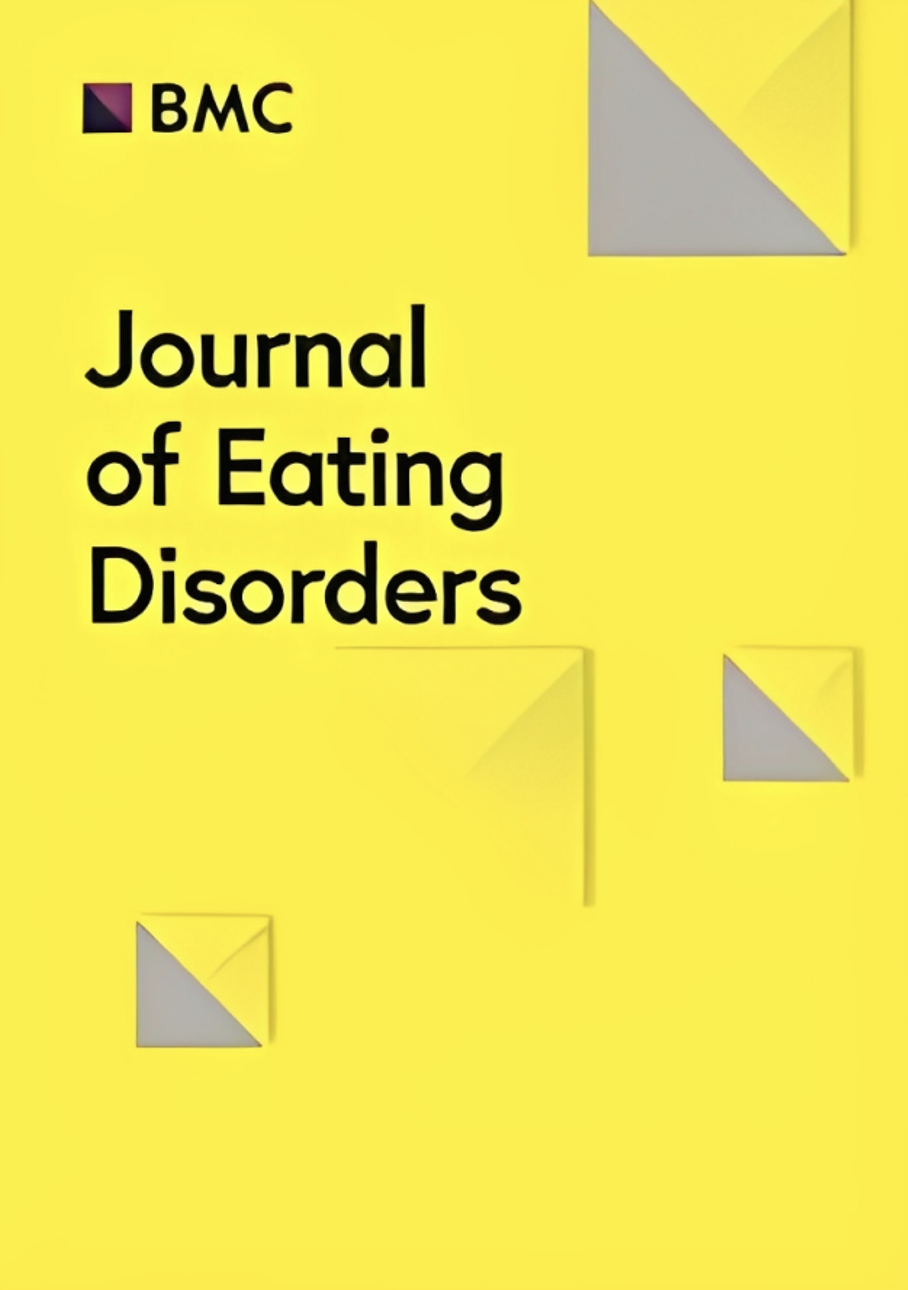Background
Understanding of the epidemiology and health burden of eating disorders has progressed significantly in the last two decades. It was considered one of seven key areas to inform the Australian Government commissioned National Eating Disorder Research and Translation Strategy 2021–2031, as emerging research had highlighted a rise in eating disorder prevalence and worsening burden-of-illness. The aim of this review was to better understand the global epidemiology and impact of eating disorders to inform policy decision-making.
Methods
ScienceDirect, PubMed and Ovid/Medline were searched for studies published between 2009 and mid 2021 in English. High-level evidence such as meta-analyses, large population studies and Randomised Control Trials were prioritised through purposive sampling. Data from selected studies relating to population prevalence, disease burden and quality of life in eating disorders were synthesised in narrative format and are disseminated in the current review. For more information on the Rapid Review methods, see https://jeatdisord.biomedcentral.com/articles/10.1186/s40337-022-00556-3
Results
135 studies were deemed eligible for inclusion in this review. Prevalence estimates varied. Global Lifetime prevalence of any eating disorder ranged from 0.74 to 2.2% in males, and 2.58–8.4% in females. Australian 3-month point-prevalence of broadly defined disorders was around 16% in females. Eating disorders appeared more prevalent in young people and adolescents, particularly females (in Australia: eating disorders ~ 22.2%; disordered eating ~ 25.7%). Limited evidence was found on sex, sexuality and gender diverse (LGBTQI +) individuals, particularly males, who had a six-fold increase in prevalence compared to the general male population, with increased illness impact. Similarly, limited evidence on First Australians (Aboriginal and Torres Strait Islander) suggests prevalence rates similar to non-Indigenous Australians. No prevalence studies were identified specifically assessing culturally and linguistically diverse populations. Global disease burden of any eating disorder was 43.4 age-standardised disability-adjusted-life-years per 100,000; increasing by 9.4% between 2007 and 2017. Australian’s total economic cost was estimated at $84 billion from years-of-life lost due to disability and death, and annual lost earnings ~ $1.646 billion.”
Conclusions
There is no doubt that eating disorder prevalence and impact are on the rise, particularly in at-risk and understudied populations. Much of the evidence came from female-only samples and Western, high-income countries which more readily have access to specialised services. Future research should examine more representative samples. There is an urgent need for more refined epidemiological methods to better understand these complex illnesses over time, to guide health policy and development-of-care.

